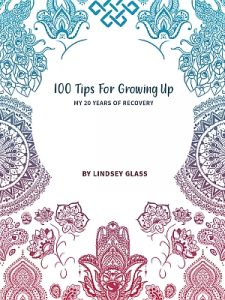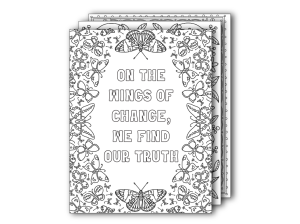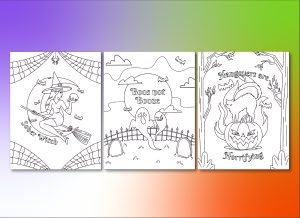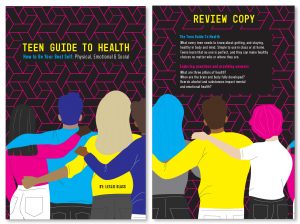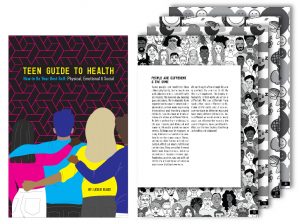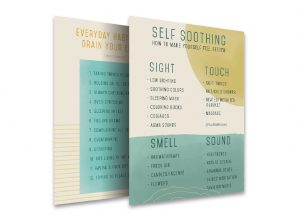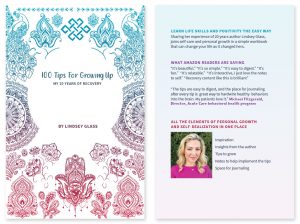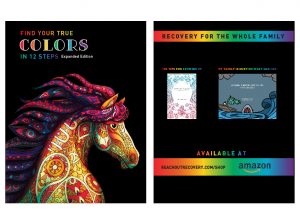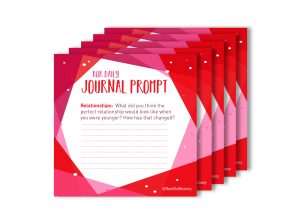How To Transform Recovery and Prevent Relapse
Mental health breakthroughs that transform recovery can make the difference between relapse and a life restored. Recovery needs more tools, and now there are new ways to train the brain for success. What can actually work when your brain decides to throw a tantrum at the worst possible moment? We have some answers.
The game-changer? Combining mindfulness with behavioral techniques. Not the fluffy, sit-on-a-cushion-and-om kind of mindfulness. I’m talking about practical, in-the-trenches strategies that work whether you’re dealing with everyday stress or preventing a full relapse.
Think of it like this—anxiety is basically your brain’s smoke detector going off because you burned toast. Traditional approaches try to muffle the alarm. But what if you could teach your brain the difference between actual fire and slightly crispy bread? That’s where mental health practices get interesting.
Research backs this up, too. People who use these combined approaches report fewer panic attacks, better sleep, and—here’s the kicker—they actually feel confident handling whatever life throws at them. No more walking on eggshells around your own emotions.
The best part? You don’t need a psychology degree to start using these techniques. Just a willingness to try something different and maybe fail a few times while you figure it out.
Why Your Brain Needs a Reality Check (And How to Give It One)
Mindful awareness is like having a really good friend who calls you out on your nonsense. But gently. You start noticing when your thoughts go off the rails instead of just riding the crazy train to Panic Station.
Here’s what actually happens: you’re sitting in traffic, running late. Your chest tightens. Without awareness, you spiral—”I’m always late, my boss will hate me, I’ll get fired, I’ll be homeless.” With mindful observation, you catch it early: “Okay, chest is tight. Thoughts are racing. This is anxiety, not reality.”
The breathing stuff that detox treatment center programs teach works because it literally changes your body chemistry. Try this: breathe in for four counts, hold for four, out for six. The longer exhale tells your nervous system “false alarm, we’re good here.”
Body scanning sounds weird until you try it. Start at your toes, work your way up, just noticing where you hold tension. I guarantee you’re clenching something right now without realizing it. Your jaw? Shoulders? That spot between your shoulder blades that always hurts?
Progressive muscle relaxation takes it further. Tense your fists for five seconds, then release completely. Feel that contrast? That’s what relaxation actually feels like. Most of us are so used to being wound up, we forget what calm feels like in our bodies.
Thought Patterns That Keep You Stuck (And How to Break Free)
Your thoughts aren’t facts. I know revolutionary concepts. But seriously, just because your brain says something doesn’t make it true. Cognitive behavioral techniques help you become a detective of your own thinking.
Though challenging is like cross-examining a witness who might be lying. When anxiety hits with “Everyone will judge me,” ask: “Really? Everyone? What evidence do I have? What would I tell a friend having this thought?”
Most anxious thoughts fall apart under gentle questioning. “I’ll embarrass myself” becomes “I might make a mistake, and that’s normal.” “This presentation will be a disaster” turns into “I’m prepared, and even if it’s not perfect, I’ll survive.”
Behavioral experiments sound fancy but they’re just testing your fears in real life. Scared of social situations? Start small—smile at a stranger, ask a store clerk a question. You’ll discover that your worst-case scenarios rarely happen.
Activity scheduling prevents the hermit life that makes anxiety worse. Plan things you enjoy and do them even when you don’t feel like it. Your brain needs evidence that life can be good, not just survivable.
Building Your Personal Anxiety Emergency Kit
Recovery isn’t linear. Anyone who tells you otherwise is selling something. What matters is having a plan for when things get messy—and they will get messy sometimes.
Early warning signs are your anxiety. Maybe you start sleeping less, avoiding texts from friends, or snapping at people over small things. These signals often show up days before a major episode. Catch them early, and you have options.
Your support network should be like a good playlist—varied and reliable. Some people need their mom, others need their therapist, some need their gym buddy. Write down contact info and keep it handy. When you’re in crisis mode, you won’t remember phone numbers.
Coping strategies need to match the situation. What works at home (screaming into a pillow) might not work at the office (awkward). What helps during the day (going for a walk) might be useless at 2 AM (unless you enjoy explaining to neighbors why you’re power-walking in pajamas).
Environmental tweaks can be surprisingly powerful. Remove triggers, create a calm corner, establish routines that support your mental health. Small changes, big impact. Maybe it’s keeping your phone out of the bedroom or having herbal tea instead of that fourth cup of coffee.
Weekly check-ins with yourself keep you honest. Are you using your tools? Maintaining connections? This isn’t about perfection—it’s about staying aware and adjusting when needed.
Making Professional Help Work for You (Not Against You)
Professional treatment is like having a personal trainer for your brain. They give you the foundation, but you still need to do the daily work to see results.
Therapy provides tools you can’t get from Google. A good therapist helps you understand your specific patterns and develops strategies that actually fit your life. They also call you out when you’re making excuses—in the nicest possible way.
Group sessions can be surprisingly helpful. There’s something powerful about realizing you’re not the only one whose brain does weird things. Plus, you learn from other people’s strategies and mistakes.
Medication might be part of the picture, especially early on. The goal isn’t lifelong dependence—it’s creating enough stability to use other techniques effectively. Work with your doctor to find what works for your situation.
Hand in Hand addiction recovery programs often include mindfulness training because it works for managing both cravings and anxiety. These skills transfer to daily life, giving you tools that work whether you’re dealing with substance issues or general anxiety.
Self-care isn’t bubble baths and face masks (though those are nice too). It’s the basics: sleep, food, movement, plus whatever fills your tank. Reading, gardening, playing music, hanging out with your dog. Whatever it is, make it a priority.
Consistency beats perfection every time. Five minutes of daily practice builds the neural pathways that support long-term recovery. When anxiety hits, you won’t have to think—your body and mind will know what to do.
Recovery is absolutely possible. You have more control over your mental health than you think. By combining mindfulness with behavioral strategies and professional support, you’re building something that can weather any storm. Start where you are, use what works, and remember—every small step forward counts in your recovery process.
More Recovery Articles
Mindfulness Based Interventions
4 Addiction Treatments Debunked
Why Relapse Doesn’t Mean Failure


